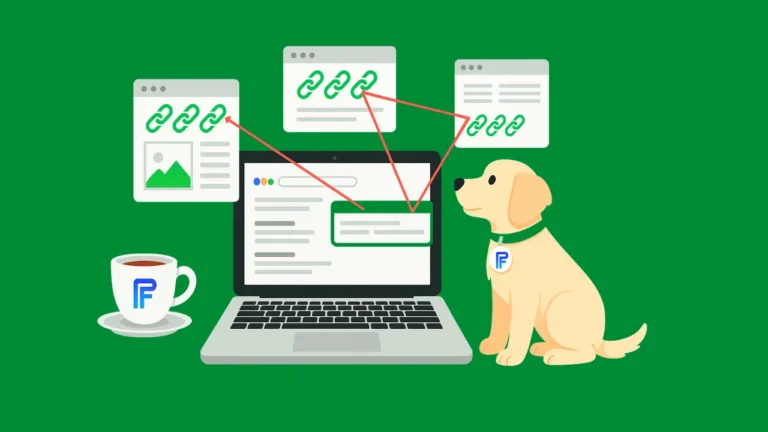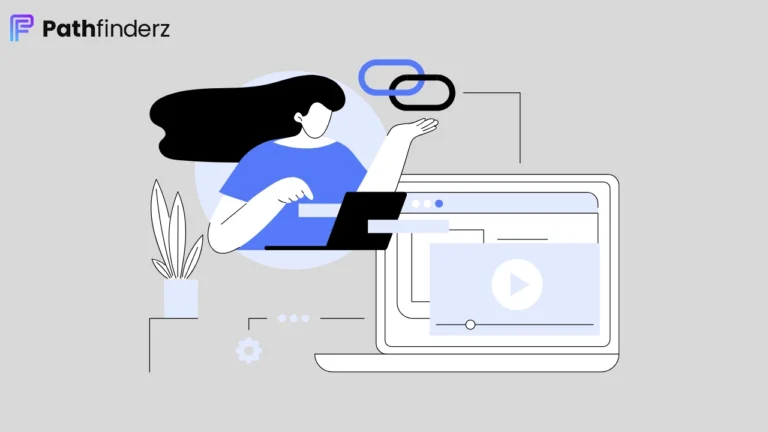Broken Link Building in 2025: Turn 404s into Powerful Backlinks
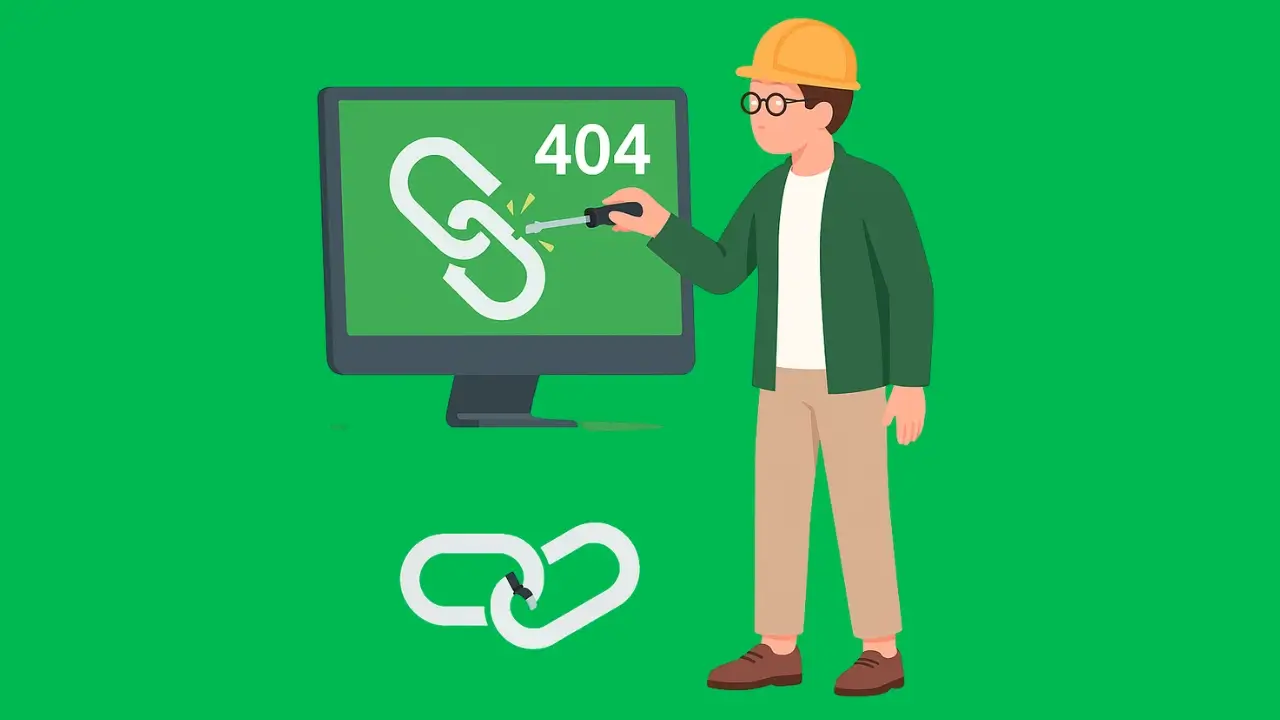
Over 10% of links on the web are broken — that means millions of opportunities are waiting for SEOs who know where to look. While most people see a 404 error as a dead end, savvy digital marketers see it as a door to new backlinks, stronger authority, and better rankings.
This process is called broken link building (BLB). It has been around for years, but in 2025, it remains one of the most reliable white hat strategies for earning backlinks. The beauty of BLB lies in its win-win nature:
- Webmasters get to fix dead links and improve user experience.
- You get to position your content as a valuable replacement and earn a backlink.
In this definitive guide, we’ll break down how BLB works, why it’s still effective in 2025, step-by-step strategies, advanced methods, and real outreach templates you can use immediately.
By the end, you’ll know how to turn every broken link you find into a powerful SEO asset.
Broken Link Building in 2025: The Complete Guide to Turning 404s into Backlinks
What Is Broken Link Building?
At its core, broken link building is the practice of finding links on other websites that point to dead or deleted pages and offering your own relevant content as a replacement.
A link is considered broken, dead, or invalid when it leads to a page that can’t be accessed — usually resulting in a 404 Not Found error. These broken backlinks don’t just frustrate readers; they also harm the SEO value of the site linking to them.
Here’s where you step in:
- Identify broken links on external sites.
- Create or repurpose content that matches the original resource.
- Reach out to webmasters and suggest replacing the broken link with your working resource.
This makes BLB a white hat SEO tactic because the webmaster chooses to link to you. Unlike shady schemes or paid links, this method provides mutual benefit:
- The webmaster improves their user experience (UX) and site quality.
- You earn backlinks (votes of confidence) that improve your Domain Authority (DA), Domain Rating (DR), and search engine rankings.
In short: Broken Link Building is about solving a problem for others — and being rewarded with backlinks in return.
Why Do Links Break? (Causes of Broken Links)
Before you can replace broken links, it helps to know why they happen in the first place. Common causes include:
- Page Deletion: The content was removed permanently.
- URL Changes Without Redirects: Webmasters update slugs or structures but forget to set 301 redirects.
- Website Relocation: Sites moving to a new domain often leave behind broken URLs.
- Server Downtime: Pages go offline due to technical issues.
- Content Migration: Blogs and businesses reorganize categories, leaving old links behind.
Every broken link results in a 404 error, which wastes link equity and hurts SEO performance. That’s why site owners are usually open to fixing them — if you provide a solid alternative.
Why BLB Works in 2025
Some SEOs question whether BLB is outdated. But in 2025, it works better than ever when done strategically. Here’s why:
- High demand for fixes: Site owners don’t want users landing on dead pages.
- White hat recognition: Google sees this as natural link replacement, not manipulation.
- Higher conversion rates: Outreach emails that solve a problem outperform cold pitches.
- Authority transfer: You inherit backlinks from pages that already had strong referring domains.
For example, when analyzing EverydayHealth, Ahrefs found 19,000+ broken backlinks. Even if you secured just 1% of those, that’s nearly 200 authoritative links from one campaign.
Step-by-Step Broken Link Building Process
Find Broken Links
This is the foundation of BLB. Use specialized tools:
1. Ahrefs Site Explorer
Ahrefs is the gold standard for finding broken pages with backlinks.
- Go to Site Explorer → enter competitor’s domain.
- Open Best by Links report.
- Filter by HTTP Code: 404.
- Sort by Referring Domains (highest first).
👉You now have a list of broken pages that still attract backlinks.
Strength: Huge database, precise backlink data, and ability to sort by DR/traffic.
2. Semrush Backlink Audit & Analytics
Semrush is excellent for auditing your own site and analyzing competitors.
- In Backlink Audit, filter for Target URL error → 4xx / 5xx to find your broken backlinks (easy wins).
- In Backlink Analytics, check Indexed Pages → Broken Pages for competitors.
- Sort by Authority Score (AS) to prioritize strong link prospects.
Strength: Combines SEO health + competitor insights; great for prioritization.
3. Ubersuggest (Free Option)
Ubersuggest is Neil Patel’s freemium tool.
- Run a Site Audit for your domain or competitor’s site.
- Check the Critical Errors section → it lists pages with 404 errors.
- Less comprehensive than Ahrefs/Semrush, but good for a quick free scan.
Strength: Budget-friendly and beginner-friendly.
4. Screaming Frog SEO Spider
A desktop crawler that mimics search engines.
- Enter any site URL and crawl it.
- In Response Codes tab, filter for Client Error (4xx).
- Export a full list of broken links (both internal & outbound).
👉Extremely powerful for in-depth audits, especially on large websites.
Strength: Granular crawl-level detail; best for technical SEOs.
Check My Links / LinkMiner (Chrome Extensions)
These are lightweight browser add-ons for quick scans.
- Visit a resource page or article.
- Run the extension → it highlights working links in green and broken ones in red.
- Ideal for prospecting resource pages or guest post lists.
Strength: Fast, free, and perfect for manual link prospecting
Broken Link Building Tools Compared
| Tool | Best Use Case | Pros | Cons | Pricing |
|---|---|---|---|---|
| Ahrefs | Finding competitor broken pages with backlinks | Huge backlink database, accurate data, sorts by DR/traffic | Expensive, requires subscription | Paid (from $129-449/mo) |
| Semrush | Fixing your own broken backlinks + competitor analysis | Strong Authority Score metric, all-in-one SEO suite | Some backlink gaps vs Ahrefs | Paid (from $117-416/mo) |
| Ubersuggest | Quick free scans & small site audits | Affordable, beginner-friendly | Limited data depth | Freemium |
| Screaming Frog | Crawling large websites & technical audits | Powerful, granular analysis | Steep learning curve | Free (500 URLs) / Paid £199/yr |
| Check My Links / LinkMiner | Spot-checking resource pages manually | Simple, instant, free | No database, manual work only | Free |
Pro tip: Use Google operators like:
keyword intitle:resources inurl:links.html
keyword inurl:resources intitle:links
This reveals curated resource pages — goldmines for broken links.
Vet the Opportunities
Not all broken links are worth pursuing. Check:
- Referring Domains (RDs): The more, the better.
- Domain Authority (DA) / Domain Rating (DR): Focus on higher scores.
- Link Reasons: Were people linking for stats, definitions, or guides?
- Relevance: Ensure the topic matches your niche.
Use the Wayback Machine to view what the dead page originally contained. This helps you create a replacement with similar — but improved — value.
Create Replacement Content
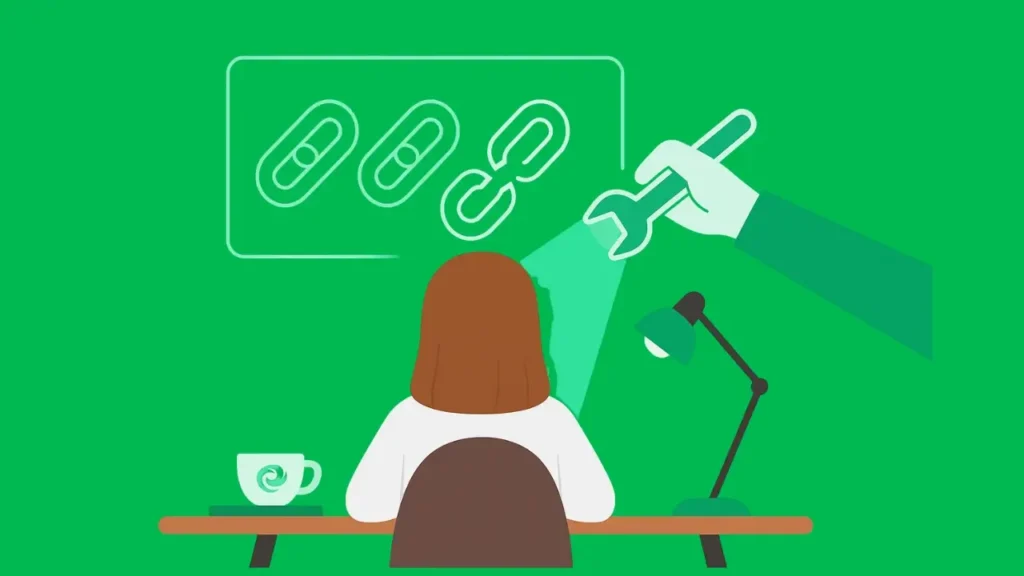
This step makes or breaks your campaign. Don’t just copy the old page — improve it.
Ways to upgrade:
- Update outdated statistics with 2025 data.
- Simplify explanations for readability.
- Add visuals, infographics, or templates.
- Expand coverage (turn a 700-word post into a 1,500-word guide).
Remember: the stronger your content, the easier it is to persuade webmasters.
Do Outreach
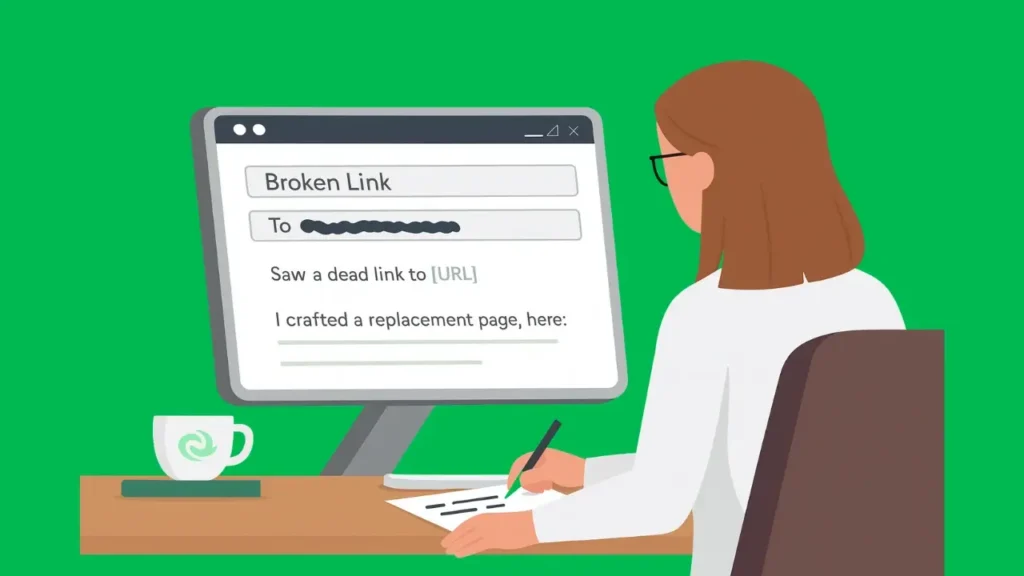
There are three outreach approaches:
- Shotgun: Mass emails with little personalization. Fast, but low conversion.
- Sniper: Highly personalized, one-to-one emails. Slow, but high success.
- Hybrid: Segment prospects (general vs. deep linkers) and use semi-personalized templates.
Example outreach email for a deep linker:
Hi [Name],
I noticed your article on [Topic] links to [Dead Page]. Unfortunately, it now shows a 404 error.
I’ve published a new resource that expands on the same topic with updated data and visuals. Here’s the link: [Your Link].
Thought it might be useful if you’re updating older content.
Cheers,
[Your Name]
Always be polite, concise, and focused on helping them.
Follow-Up Strategy
- Send a polite follow-up 3–4 days later.
- Keep it short: “Just checking if you had a chance to review my note about the broken link in your article.”
- Limit to 2 follow-ups maximum — beyond that risks spamming.
Advanced Broken Link Building Strategies (2025 Edition)
To outperform competitors, go beyond the basics:
Wikipedia Dead Link Technique
- Use WikiGrabber or Google (site:wikipedia.org [keyword] + “dead link”).
- Replace dead citations with your resource.
- Bonus: Wikipedia backlinks are nofollow, but they attract second-tier natural links from bloggers and journalists.
Expired Domain BLB
- Search Expireddomains.net or GoDaddy Auctions for expired sites in your niche.
- Export their backlinks → reach out to webmasters linking to those dead domains.
- Offer your page as the replacement.
Secondary BLB (Guest Post Replacement)
- If webmasters hesitate to link directly to your site, publish replacement content on a trusted site (Forbes, Entrepreneur, niche blogs).
- Then pitch that high-authority guest post as the replacement link.
AI-Assisted Prospecting
- Export backlink lists from Ahrefs/Semrush.
- Use AI (like ChatGPT + Sheets) to categorize deep vs. general linkers.
- This speeds up personalization and increases outreach efficiency.
Pro Tips & Best Practices
- Stay Organized: Track prospects, broken links, and responses in Google Sheets or Notion.
- Quality > Quantity: One link from a DR 80+ site beats 20 links from low-authority blogs.
- Be Relevant: Only pitch content that truly matches the broken link’s intent.
- Relationship First: Treat every outreach as the start of a connection, not a one-off request.
- Stay Ethical: Avoid spammy tactics — they harm your reputation more than help.
FAQs
Conclusion
Broken Link Building isn’t about exploiting 404 errors — it’s about adding value. By helping webmasters fix broken resources, you earn backlinks that strengthen your authority and rankings.
In 2025, BLB remains:
- Ethical → webmasters choose to link.
- Scalable → millions of broken links exist.
- Effective → better outreach conversions than cold pitching.
Key takeaway: Don’t just replace dead links. Create content so good that webmasters want to link to it.
Start small: analyze one competitor today, uncover broken backlinks, and send your first outreach email. The 404s of the web are waiting to become your next ranking breakthrough.

